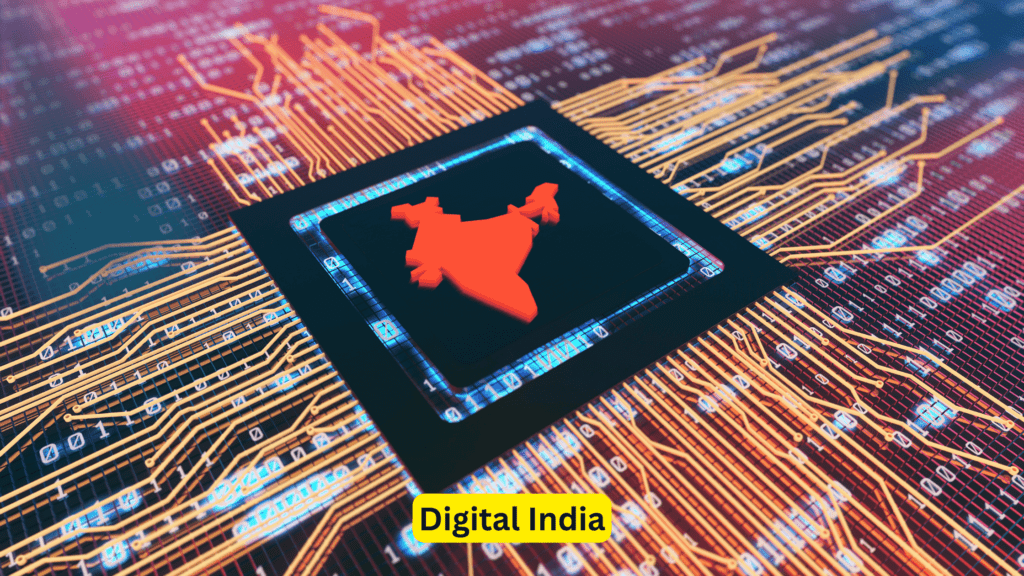Introduction
India’s economic policies shape the financial landscape and affect everyone, from individual investors to large corporations. Understanding these policies can help you make better financial decisions, adapt to changes, and seize new opportunities. In this blog, we will explore five key insights to help you navigate India’s economic policies effectively.
Importance of Understanding Economic Policies
Economic policies influence everything from job creation and inflation to investment opportunities and economic growth. For individuals and businesses, understanding these policies is crucial for making informed decisions and staying ahead of the curve. With India’s diverse and evolving economy, staying updated on economic policies is more important than ever.
Overview of India’s Economic Landscape
India’s economy is a mix of agriculture, manufacturing, and services. Over the years, various economic policies have shaped this landscape, creating a unique and dynamic economy. From historical reforms to current initiatives, India’s economic policies continue to evolve, influencing the lives of millions.
1. Historical Context of Economic Policies
Pre-Independence Economic Policies
Before gaining independence in 1947, India’s economy was largely agrarian and influenced by colonial policies. These policies focused on resource extraction and trade benefits for the British Empire. While they led to some infrastructural development, they also created economic disparities and dependency.
Post-Independence Economic Reforms
After independence, India adopted a socialist-inspired economic model, focusing on self-reliance and public sector dominance. The liberalization reforms of 1991 marked a significant shift, opening the economy to global markets, privatization, and economic diversification. These reforms set the stage for India’s rapid economic growth in the following decades.
2. Current Economic Policies and Frameworks
Fiscal Policies
India’s fiscal policies involve government spending and tax policies designed to manage economic growth, control inflation, and reduce public debt. Balancing the fiscal deficit and public expenditure is crucial for sustainable development. Recent budgets have focused on infrastructure development, social welfare programs, and boosting economic growth.
Monetary Policies
The Reserve Bank of India (RBI) formulates monetary policies to regulate money supply and interest rates. These policies are essential for controlling inflation, stabilizing the currency, and fostering economic growth. The RBI’s monetary policy committee meets regularly to assess economic conditions and make necessary adjustments.
3. Key Government Initiatives and Schemes
Make in India
Launched in 2014, the Make in India initiative aims to transform India into a global manufacturing hub. It encourages foreign investment, enhances skill development, and promotes innovation. The initiative focuses on sectors like automobiles, textiles, and electronics to boost manufacturing and create jobs.
Digital India

The Digital India initiative seeks to harness technology to improve infrastructure, increase digital literacy, and enhance electronic governance. This program aims to bridge the digital divide and create a knowledge-based economy. Key projects include digital payments, e-governance, and broadband connectivity in rural areas.
Startup India
Startup India is designed to foster entrepreneurship by providing funding support, simplifying regulations, and offering tax benefits to startups. The initiative aims to build a strong ecosystem for nurturing innovation and promoting sustainable economic growth. It includes incubation centers, innovation labs, and funding schemes.
4. Impact of Economic Policies on Various Sectors
Agriculture
Economic policies in agriculture focus on enhancing productivity, ensuring fair prices, and providing subsidies for inputs. Initiatives like the Pradhan Mantri Fasal Bima Yojana aim to protect farmers against crop losses. Other programs focus on irrigation, crop diversification, and improving market access for farmers.
Manufacturing
Policies targeting the manufacturing sector aim to increase competitiveness, boost exports, and create employment. Incentives for small and medium enterprises (SMEs), investments in infrastructure, and skill development programs are key components. The Production-Linked Incentive (PLI) scheme is a recent example of such policies.
Services
The services sector, including IT, finance, and tourism, benefits from policies promoting ease of doing business, skill development, and foreign investment. This sector remains a major contributor to GDP and employment, with policies focusing on digital transformation, financial inclusion, and tourism promotion.
5. Navigating Policy Changes and Reforms
Staying Informed
Keeping abreast of policy changes through credible sources, government publications, and industry reports is essential for adapting to new regulations and leveraging opportunities. Subscribing to economic journals, following government websites, and attending industry seminars can help you stay updated.
Leveraging Financial Advisors
Engaging with financial advisors can provide valuable insights into the implications of economic policies on investments and business strategies. Advisors can help you understand complex regulations, assess market conditions, and make informed decisions. They can also offer personalized advice based on your financial goals and risk tolerance.
Understanding Policy Implementation Challenges
Bureaucratic Hurdles
Bureaucratic inefficiencies can impede the effective implementation of policies. Streamlining administrative processes, reducing red tape, and improving transparency are crucial for overcoming these challenges. The government has introduced various measures to simplify procedures, such as online portals and single-window clearances.
Public Perception and Response
Public perception and acceptance of policies significantly influence their success. Effective communication and stakeholder engagement are vital for garnering public support and ensuring smooth implementation. The government often conducts awareness campaigns, consultations, and feedback mechanisms to involve citizens in the policy-making process.
Recommended Book
“India Transformed: 25 Years of Economic Reforms” by Rakesh Mohan
Offers insights into the significant economic reforms that have shaped India over the past few decades. It covers policy changes, their implementation, and the resultant economic transformation, making it an excellent resource for understanding India’s economic policies.
Role of International Trade and Relations
Trade Agreements
Bilateral and multilateral trade agreements play a crucial role in shaping India’s trade policies. These agreements facilitate market access, reduce trade barriers, and enhance economic cooperation. India is part of several trade agreements, including the Comprehensive Economic Partnership Agreement (CEPA) with Japan and the South Asian Free Trade Area (SAFTA).
Foreign Direct Investment
FDI policies aim to attract foreign investment by providing a favorable business environment, ensuring regulatory clarity, and offering incentives. FDI is pivotal for economic growth, job creation, and technology transfer. The government has eased FDI regulations in various sectors, such as defense, retail, and real estate, to attract more investment.
Future Economic Trends and Predictions
Emerging Sectors
Sectors like renewable energy, healthcare, and e-commerce are expected to witness significant growth. Policies supporting innovation, sustainability, and digital transformation will drive these sectors forward. The government has introduced schemes like the National Solar Mission and the National Health Mission to promote growth in these areas.
Technological Advancements
Technological advancements, particularly in artificial intelligence, blockchain, and biotechnology, will reshape economic landscapes. Policies fostering R&D, digital infrastructure, and skill development will be critical in harnessing these advancements. Initiatives like the National AI Strategy and the Blockchain Policy Framework aim to position India as a leader in these technologies.
Conclusion
Navigating India’s economic policies requires an understanding of historical contexts, current frameworks, and future trends. By staying informed and leveraging expert advice, individuals and businesses can effectively adapt to and benefit from policy changes. Proactive engagement with economic policies can unlock opportunities, mitigate risks, and contribute to sustainable economic growth. Understanding and adapting to these policies is essential for anyone looking to thrive in India’s dynamic economy.
For more Business related content follow Humstory.













